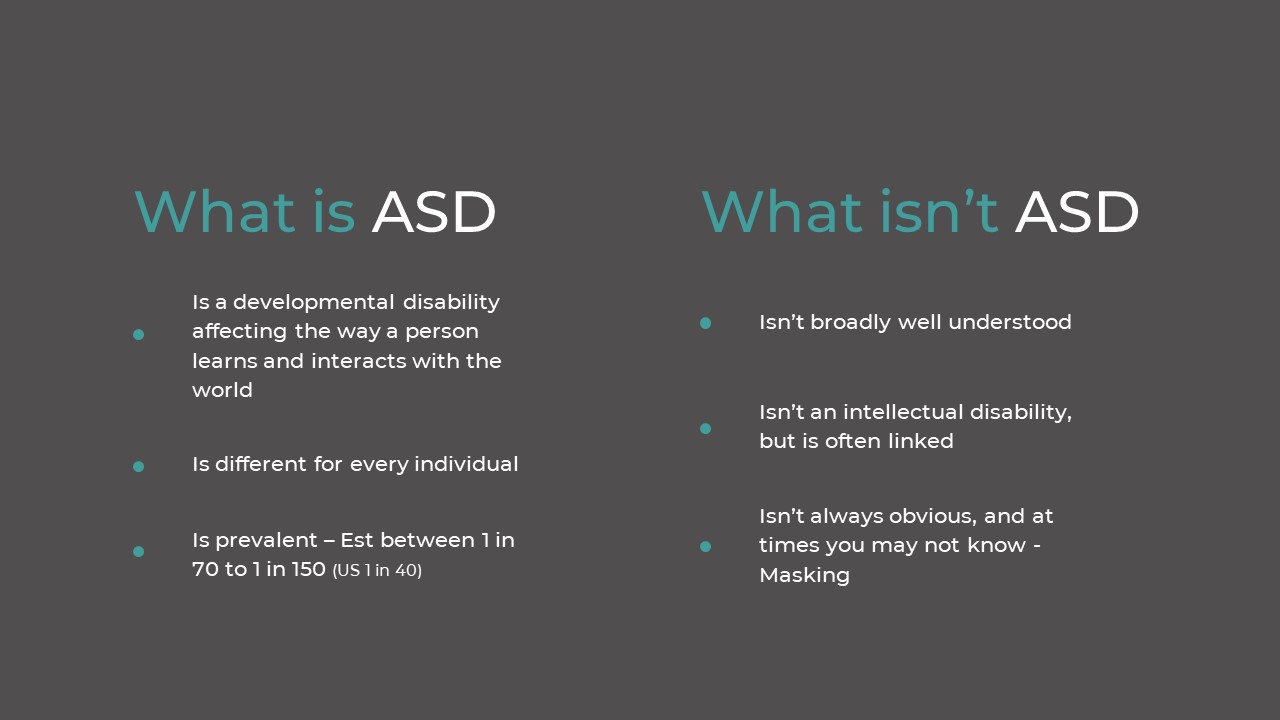Autism and exercise prescription, Presented by Ben Turner AEP
Meeting the needs of individuals with Autism Spectrum Disorder
All of our clients have their own individual needs, regardless of whether they have Autism Spectrum Disorder (ASD), or not. Yet, the needs of individuals with ASD often have layers of complexity. Once these are discovered and considered for engaging with an exercise prescription service becomes easier.
Recognising how ASD can present gives us a starting point for understanding how we might work to support these folks in our clinical practice settings. Yet the diverse (and unexhausted) examples offered reinforces that, while broad patterns exist, ASD presents individually in each individual.
One way to conceptualise typical traits is the Cup Analogy:
- Under responders- need a lot to get going
- Over responder- takes only a little to be overloaded
- Sensory seeker- can’t get enough
Ben offers key practice points for creating a supportive practice. Environment, routine, incentives, pace, breaks and language are all considered, along with practical tips for communicating and motivating movement participation.
This is an invitation is to be creative, flexible and responsive. As a movement professional, you can expand your tool kit to be proactive…and, as always, be open, observant and client-led.
Ben Turner has over 14 years of experience as an Accredited Exercise Physiologist and strength and conditioning coach. In recent years, he has brought his focus to the disability sector, assisting in the establishment of exercise physiology programs in two of the largest disability service providers in South Australia. Disability support work is a central aspect of Ben’s work through Enable Movement, enacting his passion for helping children to achieve physical literacy and build positive exercise habits.

